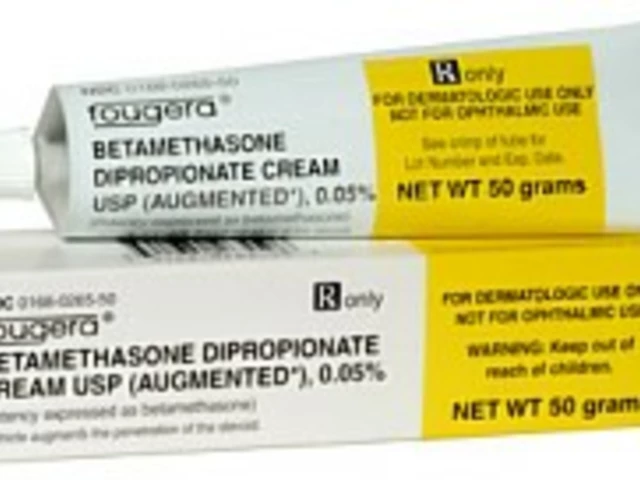Benzoyl Peroxide: What It Does, How It Works, and What to Expect
When you’re dealing with stubborn acne, benzoyl peroxide, a topical antimicrobial and keratolytic agent used to treat acne by killing bacteria and unclogging pores. Also known as BPO, it’s one of the most trusted over-the-counter acne fighters you can find in drugstores and online pharmacies. Unlike antibiotics that just kill bacteria, benzoyl peroxide also peels away dead skin cells that clog pores—making it a two-in-one tool for clearing breakouts and preventing new ones.
It’s often paired with other treatments like topical antibiotics, medications applied directly to the skin to reduce acne-causing bacteria to avoid resistance, or with retinoids like adapalene to speed up skin renewal. But it’s not gentle—dryness, peeling, and redness are common, especially at first. Many people don’t realize you need to use it consistently for weeks before seeing real results, and that using too much won’t make it work faster—it’ll just make your skin suffer.
It’s also not just for teens. Adults with hormonal acne, cystic breakouts, or oily skin rely on it daily. Some even use it as a preventive, applying it lightly after washing up to keep pores clear. But if you’re using it with other strong products like salicylic acid or glycolic acid, you risk over-drying or irritation. And if your skin turns bright red, stings, or flakes badly, it might be time to switch to a lower strength or try a different approach.
People who’ve tried everything from cleansers to prescription pills often turn to benzoyl peroxide because it’s affordable, effective, and doesn’t require a doctor’s note. But it’s not magic. It works best when you understand how to use it right—when to apply it, what to avoid mixing it with, and how to protect your skin while it does its job.
Below, you’ll find real-world guides on how to use benzoyl peroxide without wrecking your skin, what to do when it doesn’t work, and how it fits into broader skin care routines. You’ll also see how it compares to other acne treatments, what side effects to watch for, and how to tell if you’re using it correctly—or wasting your time.




